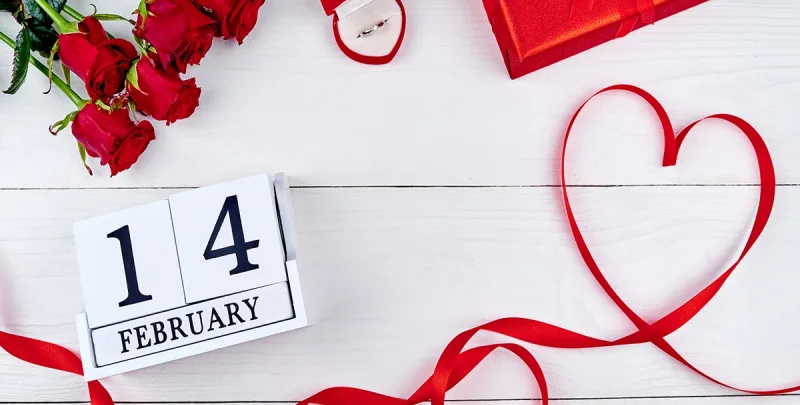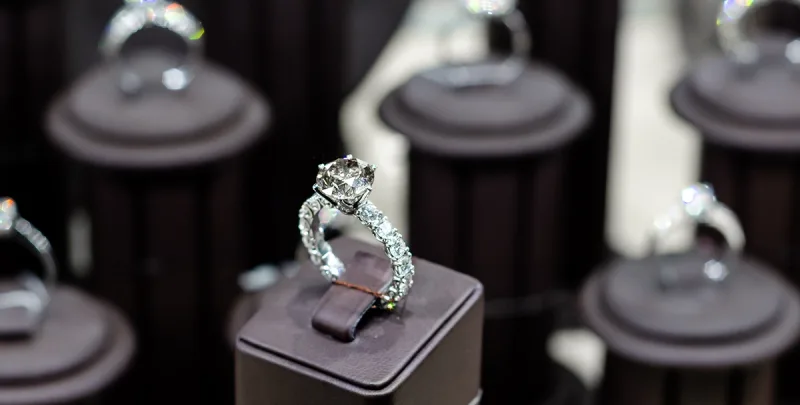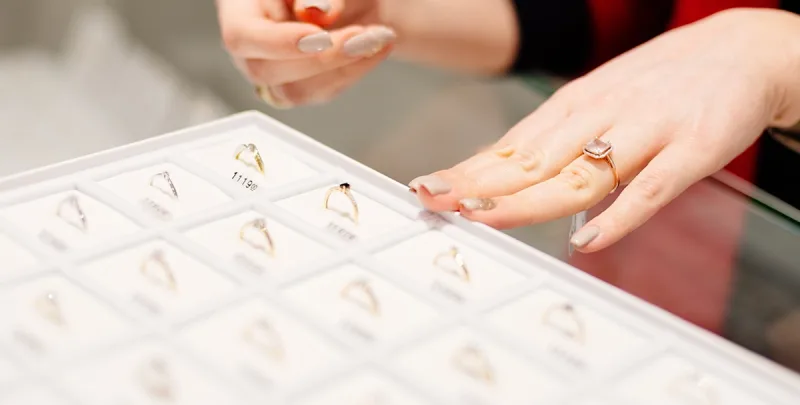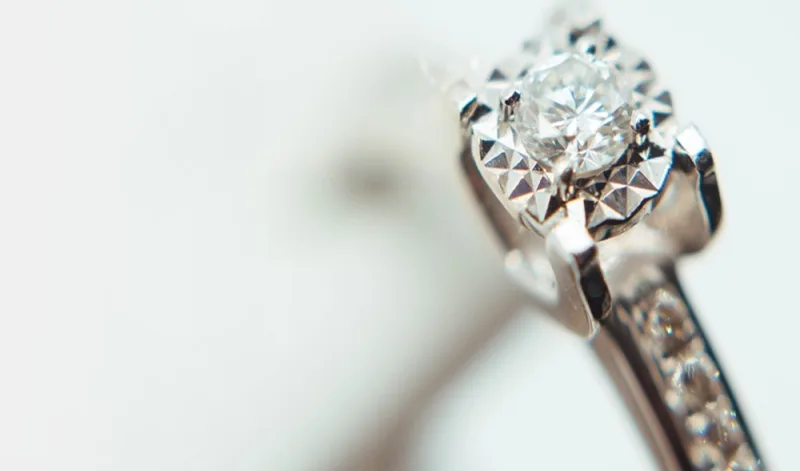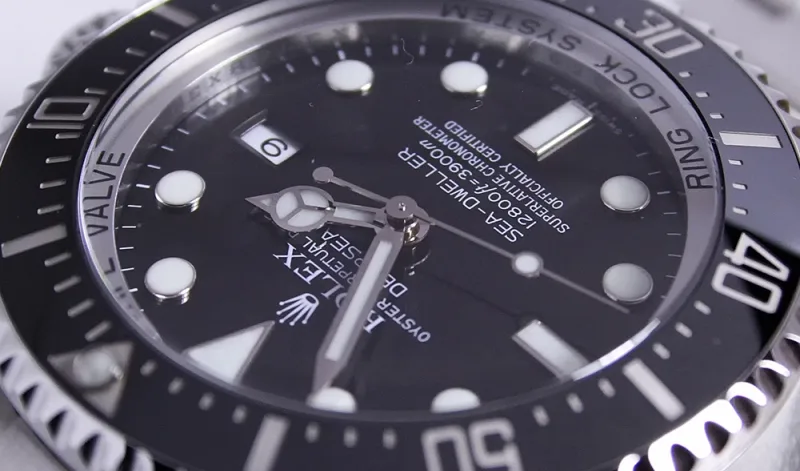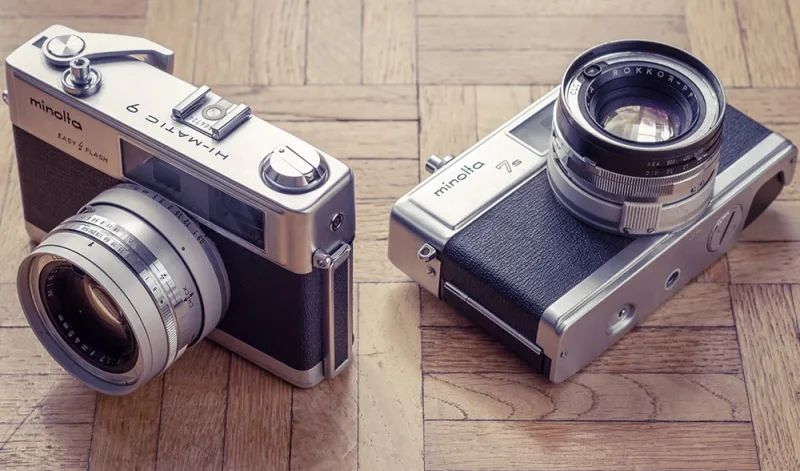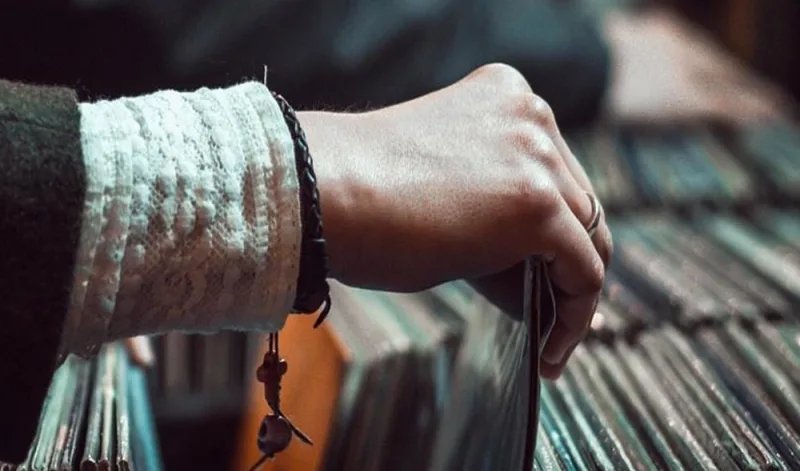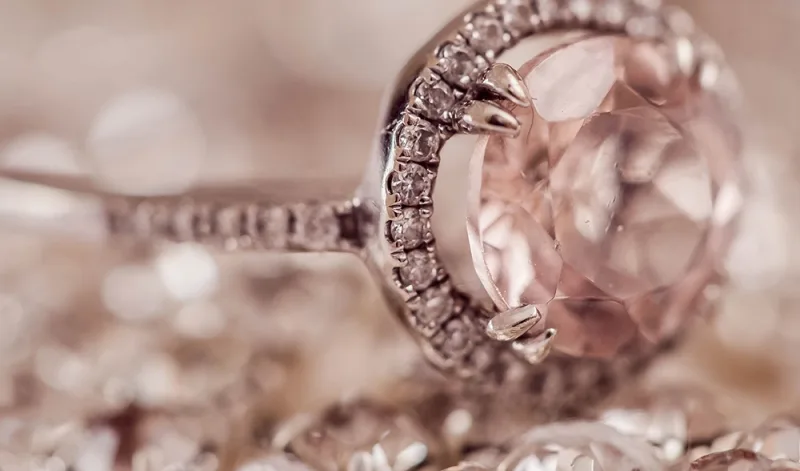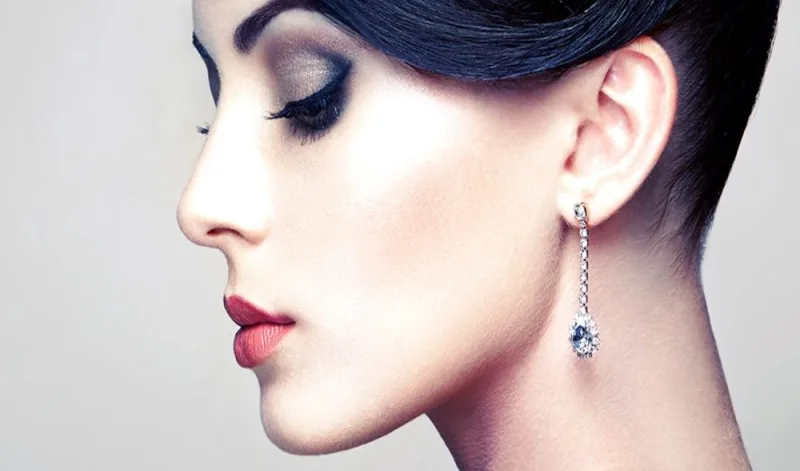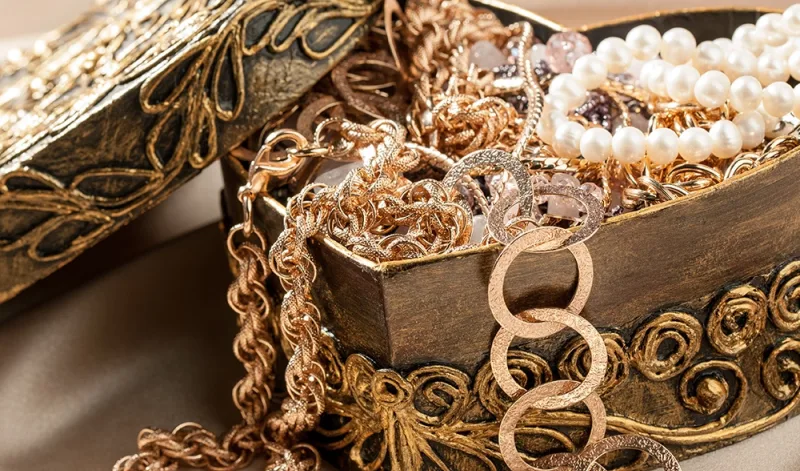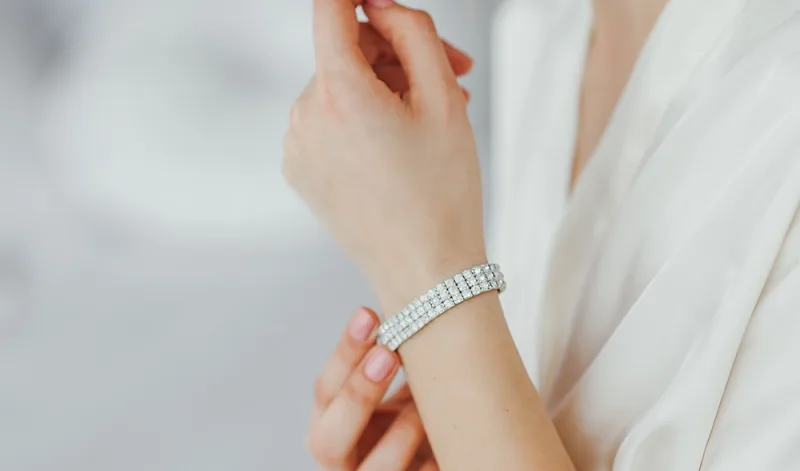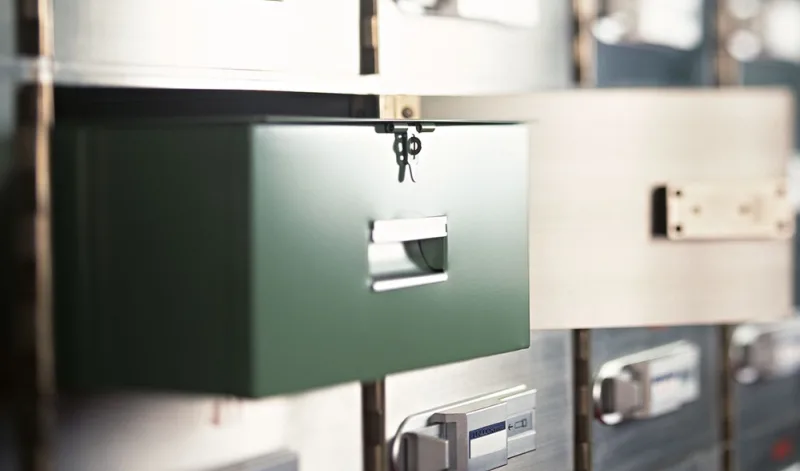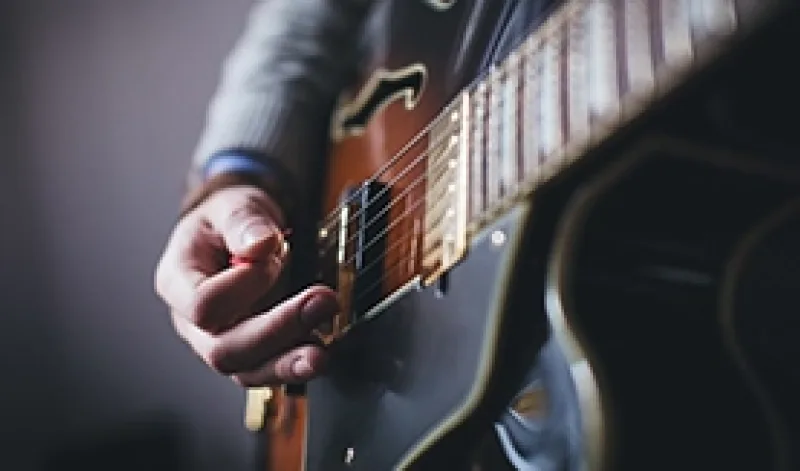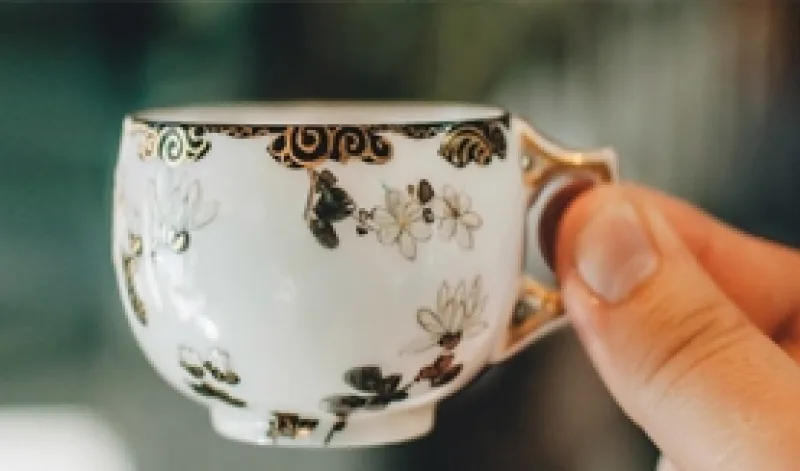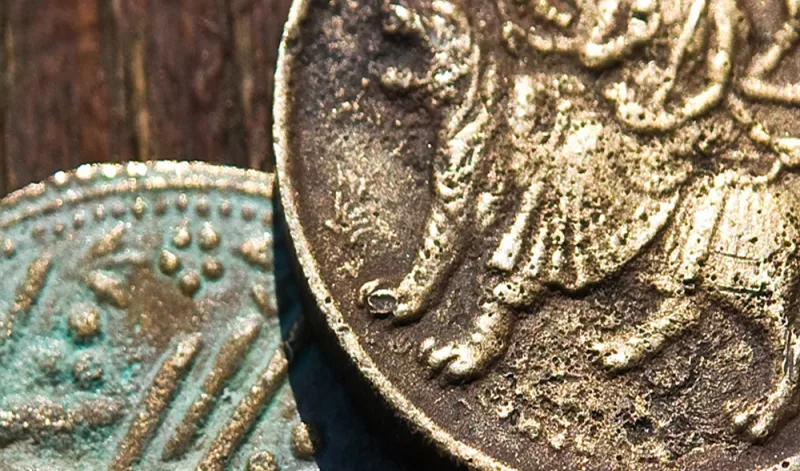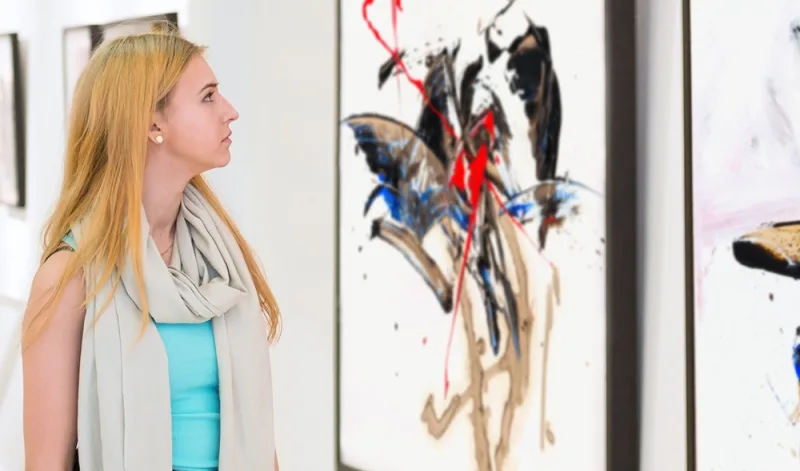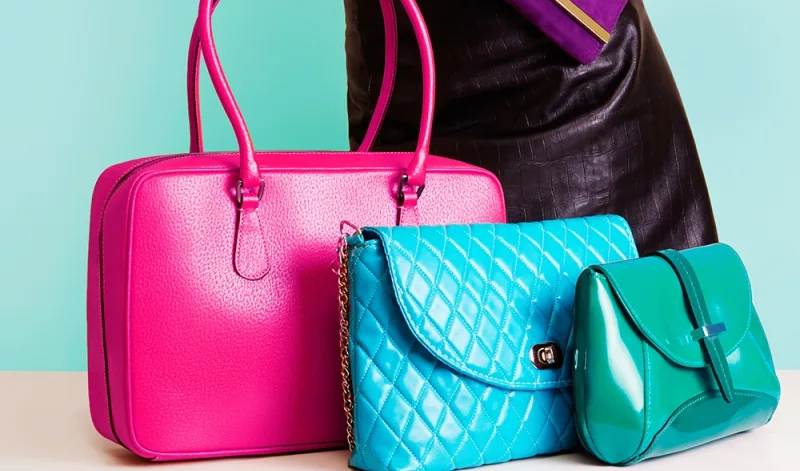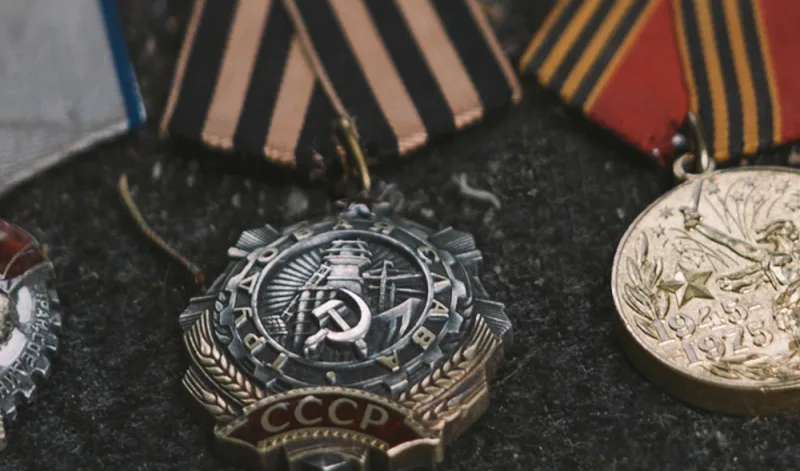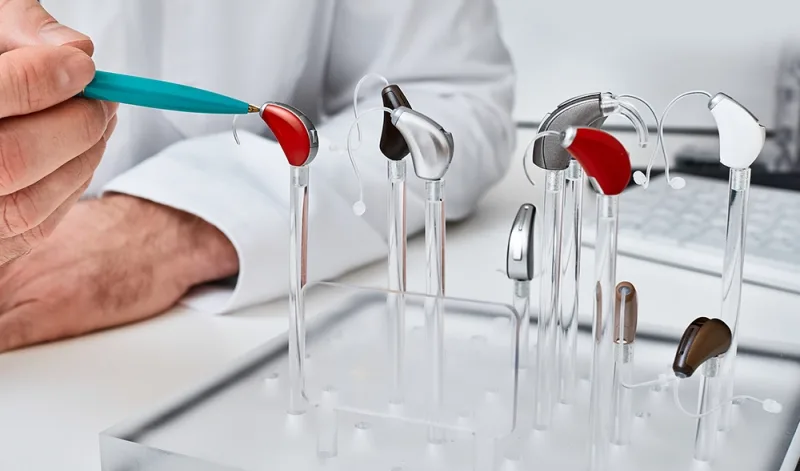With centuries of custom and significance, engagement rings have always been associated with love and dedication. Here, we examine their rich past, cultural significance, and the changing trends that are still redefining this beloved jewellery today.
Romantic Romans
Engagement ring giving is claimed to have originated in Ancient Egypt, when bands made of leather or hemp and braided reeds were traded as representations of eternity.
However, the documented history can only be reliably traced back to the Romans, where the giving of engagement rings was formalised in Roman Law. Marriage was a legal contract, so the ring also represented a binding agreement between the couple and their families.
It’s often believed that Roman women wore engagement rings with tiny keys attached. These keys were thought to symbolise both ownership - though modern scholars have questioned this interpretation - and a mutual promise of trust and loyalty.
Once married, Roman women were given two wedding rings: one made of iron, to be worn at home, and another made of gold, to be worn in public (signifying wealth and status).
Why do many cultures wear the engagement ring on their left hand?
The Romans also popularised wearing the ring on the fourth finger of the left hand, believing this finger contained the 'vena amoris' or 'vein of love,' directly connected to the heart.
However, some cultures wear engagement rings on the right hand. This derives from ‘on the left side’, which in Latin, means ‘sinister’. In some cultures, wearing an engagement ring on the left hand is considered unlucky.
The influence of two Popes
Circa 850, Pope Nicholas I declared that a gold ring was a betrothal requirement, demonstrating the groom's wealth and ability to care for a wife.
In 1215, Pope Innocent III established a waiting period between engagement and marriage (which we know today as the “marriage banns”) during which couples began using rings as a visible sign of their commitment.
The Renaissance and Early Modern period: diamonds and Gimmel rings
The diamond engagement ring dates to 1477 when Austria’s Archduke Maximilian proposed to Mary of Burgundy. The ring featured flat diamond pieces arranged in the shape of an 'M,' which represented both their names and their union.
This extravagant gesture reflected the couple's wealth and influence, symbolising the strength of their bond, with diamonds chosen for their durability and timeless nature.
As news of this proposal spread quickly across Europe, it inspired a trend of European nobility incorporating diamonds into engagement rings as a mark of prestige and love.
What were Gimmel rings?
Gimmel rings, also known as Gimmal rings, were popular during the Renaissance and early modern period. Made of two or more interlocking bands that fitted together to form a single piece, these rings symbolised partnership and unity.
Each partner would wear one of the bands during the engagement, and the pieces would be joined together on the wedding day. Many Gimmel rings featured intricate designs, such as clasped hands (known as "Fede" rings, a motif dating back to Ancient Rome), hearts, or meaningful inscriptions.
The Puritans
The Puritans aimed to streamline religious rituals and eradicate what they perceived as excesses in both worship and everyday life during the 16th and 17th centuries. Because they felt that wearing jewellery was extravagant and associated with Catholic ceremonies, they frequently disapproved of the usage of traditional engagement and wedding bands.
Rather, they embraced more pragmatic symbols of engagement, such as presenting thimbles to prospective wives. In order to build temporary rings and discreetly adhere to customs without explicitly showing off their jewels, some ladies would remove the tops of these thimbles after getting married.
This method was distinct from other religious groups' practices at the time and was exclusive to the Puritans.
The Gorgeous Georgians
Georgian rings, crafted between around 1714 and 1837 during the reigns of the Hanoverian monarchs George I, II, III, and IV, reflect the influence of classical Greek and Roman architecture. The symmetrical and proportional elements of Georgian jewellery were inspired by these ancient styles.
Typically made from gold, Georgian rings often featured diamonds set in silver to enhance their brilliance.
Cluster-style diamond rings were particularly fashionable, showcasing intricate craftsmanship and an array of gemstones.
A unique feature of the Georgian era was the "keeper" ring, usually made of gold and sometimes adorned with gemstones. These practical yet beautiful rings were designed to secure larger gemstone rings, such as Georgian engagement rings, on the wearer’s finger. This concept is seen as an early precursor to the modern eternity band.
1796 - The “toi et moi” ring: a special mention
Napoleon Bonaparte gave one of history's most famous engagement rings to Empress Joséphine in 1796. The ring, known as a "toi et moi" (meaning "you and me"), featured two pear-shaped gemstones set side by side and was said to symbolise the unity of two lovers.
The pairing of the contrasting stones was seen as a representation of harmony, complementing each other's beauty while maintaining individuality. The “toi et moi” ring is still a popular design choice today.
Victorian and Edwardian eras: romantic symbolism
The 19th century marked a period of romantic expression, influenced by the discovery of diamond mines in South Africa which made diamond rings more accessible.
The Victorian era saw engagement rings embellished with colourful gemstones, enamel details, and floral motifs, reflecting the romantic ideals of the time. Rings often incorporated sentimental meaning into their designs, with symbols like hearts, bows, and flowers.
The Edwardian era (1901–1910) continued the trend of elegance and sophistication. Engagement rings featured intricate filigree patterns, lace-like designs, and platinum settings, valued for their strength and durability. Designs were focused on delicacy and feminity, making pearls and diamonds popular choices.
The 20th century: Austerity and the Law
From around 1914 to 1945, the combination of two World Wars and the Great Depression meant these were austere times. Engagement rings often became a low priority, with many couples opting for simple bands, or simply skipping the tradition.
However, after 1945, engagement ring sales in the USA saw a sharp increase, which was linked to the abolition of the "breach of promise" law. This law had allowed women to seek damages if their fiancé broke off the engagement. For women who had been sexually intimate with their fiancé, this was especially significant due to the societal pressures of the time, where virginity was often seen as essential for a woman's "marriageability." The law's removal contributed to shifting attitudes and the growing popularity of engagement rings as a symbol of commitment.
The De Beers' iconic 1947 campaign also brought back more elaborate engagement rings, introducing the famous slogan, "A Diamond is Forever." This campaign beautifully reinforced the association of diamonds with eternal love, solidifying the diamond solitaire as the ultimate choice for engagement rings.
In terms of design, the 20th century brought significant advancements in jewellery craftsmanship, introducing settings like prong and bezel designs that beautifully enhanced the sparkle and brilliance of diamonds.
Contemporary trends: diversity and sustainability
Today, engagement rings reflect diverse styles and values. Many couples opt for alternative engagement rings (such as tattoos or silicone bands). Also, stones like sapphires, emeralds, and moissanite are popular. Vintage-inspired and minimalist designs also remain highly sought after.
Sustainability is a key focus. Ethical sourcing and lab-grown diamonds are gaining popularity, appealing to environmentally conscious buyers - and those looking to get more bang for their buck.
Many couples also opt to design their own engagement ring, allowing them to create a one-of-a-kind piece that reflects their style. Customisation also provides flexibility to suit budgets while adding sentimental value through personalised details or heirloom elements.
What does the future hold for engagement rings?
The future of engagement rings is set to reflect shifting cultural values, technological innovation, and changing consumer preferences. We may see trends such as “smart rings”, gender-neutral designs, and a greater focus on alternative and sustainable options.
For more insights into the latest jewellery trends, visit our blog Engagement ring trends for 2025. You may also enjoy our blog Engagement ring etiquette.
Protecting your engagement ring
Finally, at Assetsure, we understand both the sentimental and financial value of your engagement ring and provide what we believe is comprehensive, affordable insurance for your engagement ring. This is designed to protect your ring against loss, theft, or damage and offers both peace of mind and financial security for your treasured jewellery.
Disclaimer:
This article's content is solely meant to be informative. This content should not be regarded as expert advice or a definitive guide, even though every attempt has been taken to ensure the correctness of the historical details and cultural insights given. The information is a broad summary and might not include every historical viewpoint or cultural custom.
